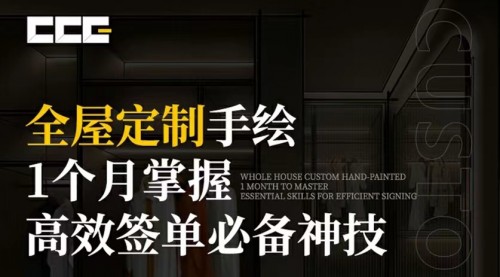|
意大利建筑师Giuseppe Gurrieri最近在意大利古城拉古萨完成了一个古城住宅改建项目。
Giuseppe Gurrieri告诉gooood:“项目位于古城拉古萨最古老的建筑群中,前后两侧加到标高差距达到一个楼层,老城中密集的建
筑布局让隐私和采光得不到保证。楼宇前身是传统奶酪制作工坊,已经历经多次改造。这次的改造首要就是要利用建筑有限的体积,
创造出一个中央庭院。”
form the architect: The closely-knit urban fabric of the upper section of the oldest part of Ragusa has a clear 19th-century feel, with longitudinal streets
running parallel at different levels, following the natural slope of the land and tied together by a criss-cross of steps.
The current sequence of buildings is the result of combining or subdividing properties and sometimes even modifying the old
connections between levels, which once tended to be divided between the ground floor production areas and the upper floor lodgings. Our project is about the renovation of a portion of the fabric originally used for the production and sale of the traditional cheese. Over
the years, the building has been transformed and modified several times. The solution adopted was to create a central courtyard by removing a volume from the section of the building.
“虽然中央庭院的出现减少了生活空间,但是其同时提升了整个建筑的品质,成为整个空间的核心并让空间布局得到了优化,”
Giuseppe Gurrieri继续对gooood说道:“中央庭院加建后,房屋的开窗面向南向中庭,与邻里保持了距离和隐私。同时这个庭院
因为其烟囱效应,有利于建筑内部空间散热。此外中央庭院也负担起建筑部分平层交通。”
Such a decision reduces the living space but brings considerable benefits and allows an optimal reorganization of the spaces, making
the new void the heart of the building. After the renovation, each room faces the new courtyard on the southern side; the house is closed on itself, ensuring more privacy and
distance from the neighborhood. Thanks to the natural ventilation, the courtyard acts as a chimney and contributes to the power performance of the entire building.
The new courtyard, and the arrangements of the vertical connections with the north acts like a buffer between the façade (more cold
and damp in the winter) and the main spaces.
院子在入口层作为入口庭院而存在,一面斑驳的古墙被保留下来,另外几面墙与地面是质朴的混凝土墙面。抬头向上看,上层的扶手
栏杆采用了传统铁艺花样,过道的地面铺着古色古香的陶瓷。传统材料与现代元素之间达到微妙平衡。以前制作奶酪用的设备现在被
用来存储雨水---用于卫生系统和浇灌庭院植物。
The courtyard, that became the new entrance of the house, crystallizes an attitude that sees rigorous composition as the best way to
combine conservation and innovation. After all, a courtyard is an element taken from a well-established building tradition. The interiors are marked by a careful balance between the re-use of traditional materials and contemporary elements such as interior
doors, fencing and tiles that were removed and reassembled in a modern atmosphere. The original tanks used for the brine cheese and located in the basement, are re-used as cisterns where rainwater gathered and is also
used for the sanitary system and irrigation the plants of the courtyard.
Location: Ragusa, Italy
Client: Private
Completion: 2014
GrossFloor Area: 400 m2
Architects: Giuseppe Gurrieri, Valentina Giampiccolo
Design Team: Valentina Occhipinti, Dario Gulino, Giulia Filetti
Contractor: Angelo Ferraro Consultants
Structural: Salvatore Campo, Giancarlo Dimartino, Alessandro Infantino Suppliers
Fixedfurniture: Linea Arredi
Lighting: La Luce di Marletta
Furniture: Lab2.0 Photography: © Filippo Poli
|

 发表于 2014-11-12 08:49:05
发表于 2014-11-12 08:49:05





























